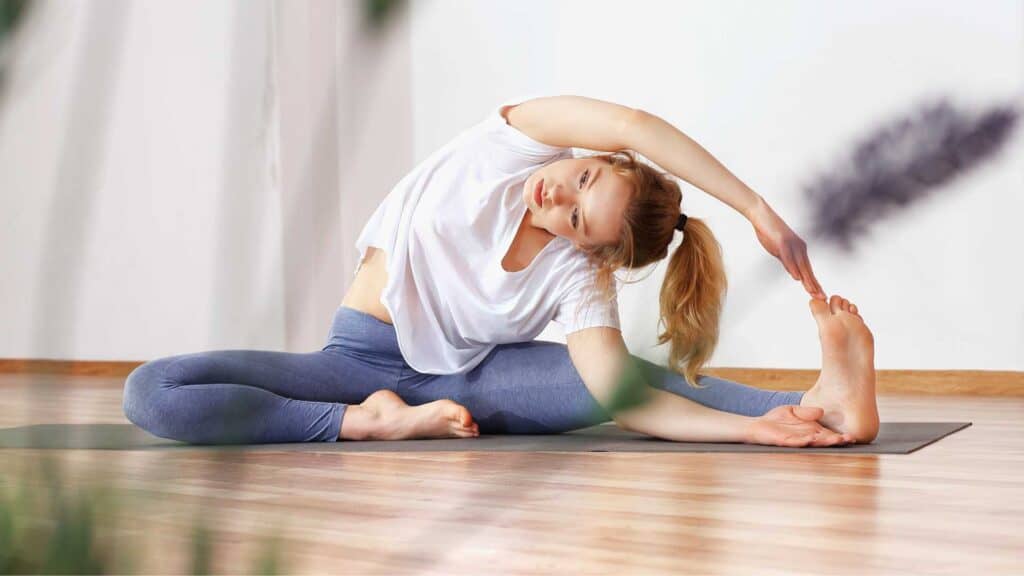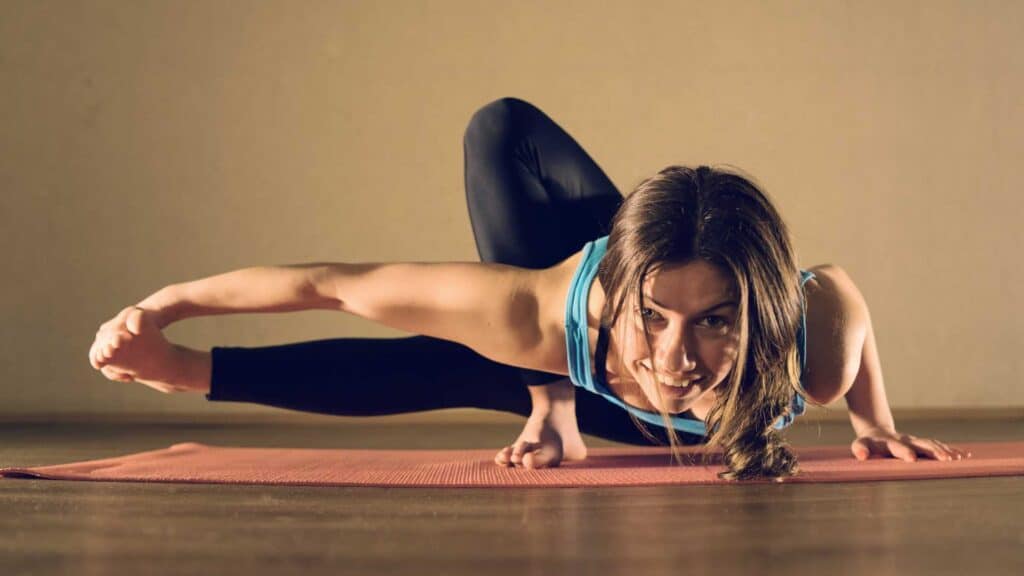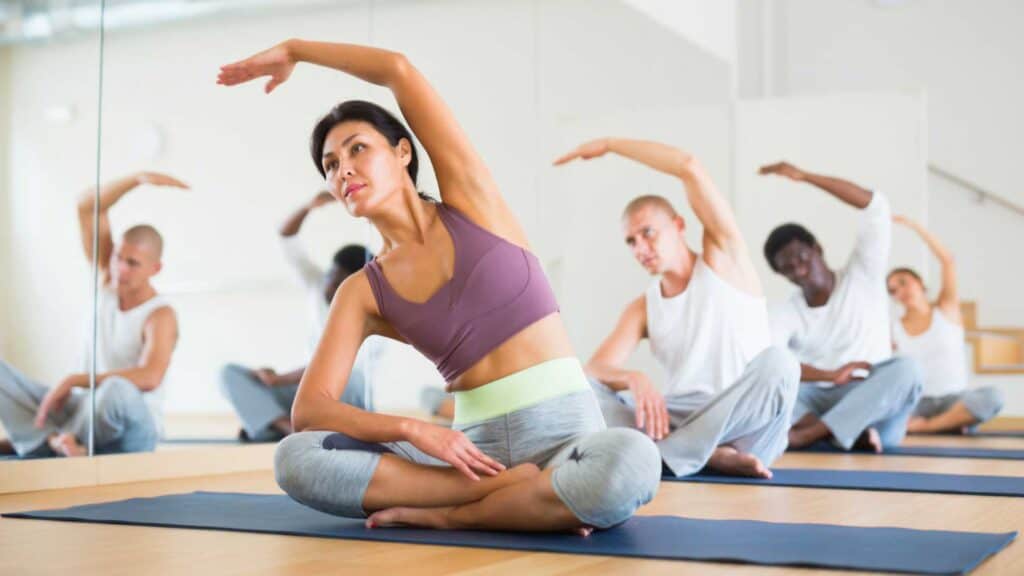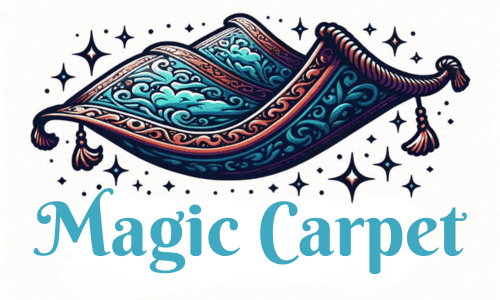Yoga offers many styles to fit your preferences and needs, two of the most popular being Hatha and Vinyasa. While both styles incorporate similar poses, their experiences diverge with their distinct pacing and focus.
Hatha yoga is known for its slower, more methodical approach, allowing for a focus on each posture and alignment. It is often recommended for those who appreciate a more meditative and relaxed practice.
Vinyasa yoga, in contrast, is characterized by a flow-like sequence where movements are synchronized with the breath. This form of yoga appeals to those who seek a more dynamic practice that combines strength, flexibility, and cardio.
Understanding the nuances between Hatha and Vinyasa allows you to choose the yoga practice that aligns with your personal fitness goals and mental well-being preferences.
Key Takeaways
- Hatha yoga emphasizes alignment and slow movements for a meditative practice.
- Vinyasa yoga synchronizes breath with movement for a dynamic and challenging workout.
- Choosing between Hatha and Vinyasa depends on personal preference for pace and physical intensity.
Understanding Hatha Yoga

Hatha Yoga is a foundational style of yoga that focuses on physical postures and breathing techniques to enhance your overall well-being.
Core Principles of Hatha Yoga
Hatha Yoga is more than just an exercise; it’s a holistic experience that balances the mind and body. This form of yoga is often considered an umbrella term for the physical practices of yoga.
Core principles include mastering postures (asanas) and incorporating breathing techniques (pranayama), which lead to calmness of mind and spirit. Hatha yoga strongly emphasizes the quality of movement over quantity, promoting mindfulness and the mental benefits of staying in poses longer.
Typical Hatha Yoga Class Experience
Your experience in a Hatha yoga class will involve a slower-paced stretching routine, some simple breathing exercises, and seated meditation. This is a good place to learn beginners’ poses and relaxation techniques and become comfortable with yoga practice.
Unlike in Vinyasa yoga, where the transition between poses can be swift, a Hatha class is typified by holding each posture for several breaths.
Benefits of Hatha Yoga
The benefits of Hatha yoga are extensive; you can expect to see improvements in flexibility, strength, and balance. Regular practice helps reduce stress, and focusing on deep breathing can improve your lung capacity. Aligning the body correctly in each position enhances posture and sometimes alleviates physical pain. Hatha Yoga also promotes better sleep patterns and improves concentration, making it a well-rounded yoga style that enhances overall health.
Exploring Vinyasa Yoga

Vinyasa Yoga presents a dynamic flow that integrates breath with movement, offering a vigorous and revitalizing practice.
The Vinyasa Yoga Method
In Vinyasa Yoga, your breathing is synchronized with your movements. This style of yoga emphasizes the transition between postures, with the breath acting as an anchor as you move from one pose to the next. Each movement in Vinyasa is designed to flow smoothly, almost like a dance, so you’ll rarely stay in one position for long. The priority in Vinyasa is to stay in a constant flow, which keeps the pace quite active compared to other styles.
Vinyasa Class Dynamics
Your Vinyasa class typically unfolds in a sequence, with each posture preparing you for the next. This ensures cohesion and gradually builds heat and energy in the body.
Flow yoga sessions often start with Sun Salutations, gradually introducing more complex sequences. Since you’re encouraged to move at the pace of your own breath, each Vinyasa class can be a unique experience.
Benefits of Vinyasa Yoga
The benefits of practicing Vinyasa Yoga are extensive. This type of yoga fosters strength and endurance due to its continuous movement. It can serve as cardiovascular training while also increasing your flexibility.
Vinyasa yoga focuses on fluid motion, which can enhance coordination and balance. Moreover, the consistent focus on breathwork brings a sense of mental clarity and calmness, making it as beneficial for your mind as it is for your body.
Difference Between Hatha and Vinyasa Yoga
When exploring the practice of yoga, you’ll find that Hatha and Vinyasa styles offer unique experiences. Let’s look at their pace and demands and how to select the right one for you.
Pace and Flow of Poses
Hatha Yoga: Hatha yoga is characterized by its slower pace and emphasis on holding each pose for several breaths. This style lets you focus on maintaining correct alignment and delving deep into each posture.
Vinyasa Yoga: In contrast, Vinyasa is a continuous flow of movement interconnected with breath. Often described as a “dance,” vinyasa poses transition smoothly from one to the next, typically moving with each inhale and exhale.
Physical and Mental Demands
Hatha Yoga: While Hatha can improve your flexibility due to its static nature and longer holds, it can also build strength as you engage and maintain muscle control throughout poses.
Vinyasa Yoga: Vinyasa is generally more physically demanding than Hatha Yoga. It builds muscle strength and gives you a cardiovascular workout, which can be mentally stimulating and help improve your focus and coordination.
Choosing the Right Style for You
Your choice between Hatha vs Vinyasa yoga hinges on individual preference and goals.
- Hatha yoga might suit you if you want to improve flexibility and enjoy a meditative, relaxed approach.
- However, if you’re looking for an energetic practice that simultaneously enhances strength, endurance, and flexibility, Vinyasa may be the right yoga style to engage with.
Consider your fitness objectives and the mental engagement you want from your practice to make an informed choice.
Deep Dive into Yoga Poses

Exploring the world of yoga, you’ll soon realize that the poses form the foundation of your practice, with each style offering a unique approach to engaging with these asanas.
Common Poses in Hatha Yoga vs Vinyasa Yoga
Hatha and Vinyasa yoga share many of the same poses rooted in the ancient Ashtanga yoga practice.
For example, you’ll find Downward Dog (Adho Mukha Svanasana) and Warrior II (Virabhadrasana II) in both styles. The key difference lies in how you approach these poses.
In Hatha, you may dwell in one pose, such as the Tree Pose (Vrikshasana), focusing on the subtleties of your alignment and breath control—turning your attention inward.
In contrast, Vinyasa encourages you to fluidly move from one pose to another, like a dance linking breath with motion.
Sequence and Alignment Focus
In Hatha yoga, the emphasis is often on the precision of your alignment within each pose. You’ll typically hold the Mountain Pose (Tadasana) for several breaths, tuning into the earth’s grounding energy through your feet. The structured nature of Hatha deeply supports your understanding of the individual’s poses.
Conversely, Vinyasa’s sequence is dynamic; think of it as a continuous flow, like a river, from one posture to the next, such as transitioning from Chaturanga to Upward-Facing Dog (Urdhva Mukha Svanasana). Your focus is on the harmony between movement and breath, igniting a more cardiovascular experience throughout your practice.
Becoming a Yoga Teacher

Becoming a yoga teacher is a significant step that involves choosing a yoga style that resonates with your practice and teaching philosophy. Both Hatha and Vinyasa Yoga offer distinct pathways and enriching experiences in this journey.
Teacher Training in Hatha Yoga
When you embark on Hatha Yoga teacher training, you’ll dive deep into the fundamental aspects of yoga, including posture (asana), breathwork (pranayama), and meditation. These trainings often emphasize:
- Alignment: Learning the intricacies of each pose to teach students the correct form.
- Breath control: Understanding how breath plays a role in stillness and movement within the practice.
This training is excellent if you’re inclined towards guiding students through a more meditative and slower-paced practice, focusing on the subtleties of each asana. Many Hatha Yoga teacher programs meet the Yoga Alliance standards, offering 200-hour certifications that typically cover yoga philosophy, anatomy, and teaching methodology.
Teacher Training in Vinyasa Yoga
Your experience will be dynamic and fluid in Vinyasa Yoga teacher training, mirroring the practice. Key aspects include:
- Developing sequences: Crafting flows that synchronize movement and breath.
- Building energy: Creating vigorous classes that can be adapted to all levels of practice.
This type of training is ideal if you want to lead rhythmic classes incorporating continuous movement. Like Hatha, Vinyasa trainings usually offer 200-hour certifications recognized by the Yoga Alliance. They cover similar foundational topics but with a stronger emphasis on the sequencing of postures and maintaining the flow of a class.
Choosing between Hatha and Vinyasa Yoga teacher training depends on your personal practice, the pace at which you wish to guide your students, and your teaching aspirations.
Both paths offer comprehensive training that prepares you to guide others confidently, and they are available through in-person and online yoga teacher training formats.
